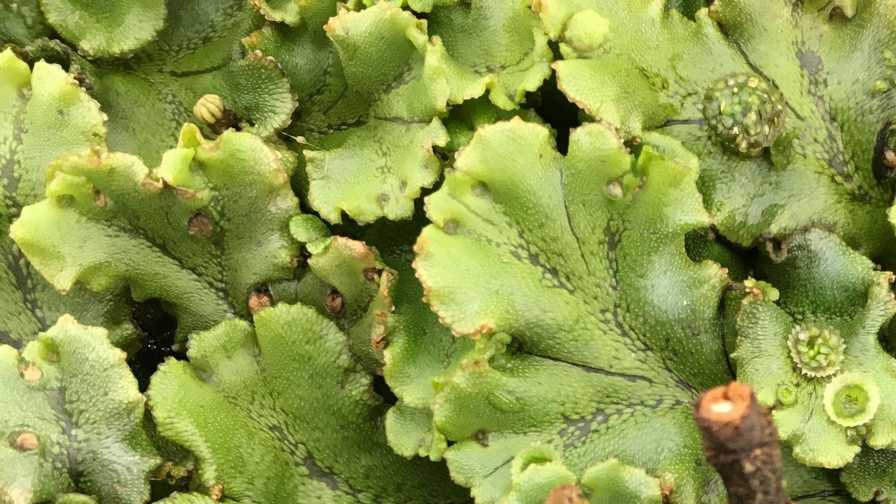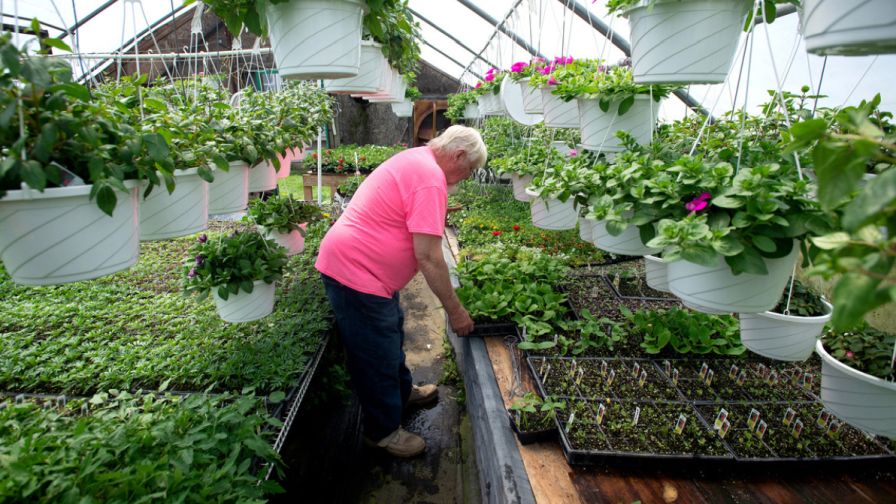Tips on Managing Liverwort in Your Greenhouse

Dichotomously branched vegetative thallus structure of liverwort (Marchantia polymorpha). Photo: Debalina Saha, MSU Horticulture
Liverwort has the potential to be a major weed pest in greenhouses and production nurseries. According to experts at Michigan State University, liverwort is primarily a problem in herbaceous perennials, woody ornamentals, or crops with long production cycles with a dormant or vernalization period where crops remain damp for long periods of time.
There are thousands of liverwort species, with Marchantia polymorpha being the most common one prevailing in greenhouses and nurseries.
Liverwort, including Marchantia polymorpha, prefer cool temperatures, low ultraviolet (UV) light radiation, high fertility, and moist or damp substrate. It reproduces rapidly in the presence of overhead irrigation, poorly drained, or moist areas. These environmental conditions are common inside greenhouses and nurseries, and the organism thrives and spreads rapidly once established in containers.
Managing liverwort can be challenging. For successful control, it may require a combination of herbicide applications along with proper cultural and sanitation practices. There are very few herbicides labeled for greenhouses, as there can be phytotoxic effects on the ornamentals. A Michigan State University Extension fact sheet, “Identifying and managing liverwort in Michigan nurseries and greenhouses,” has been developed where identification and management strategies of liverwort for container production is discussed.
Read the complete report from Michigan State here.










